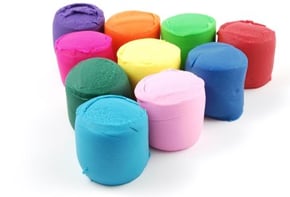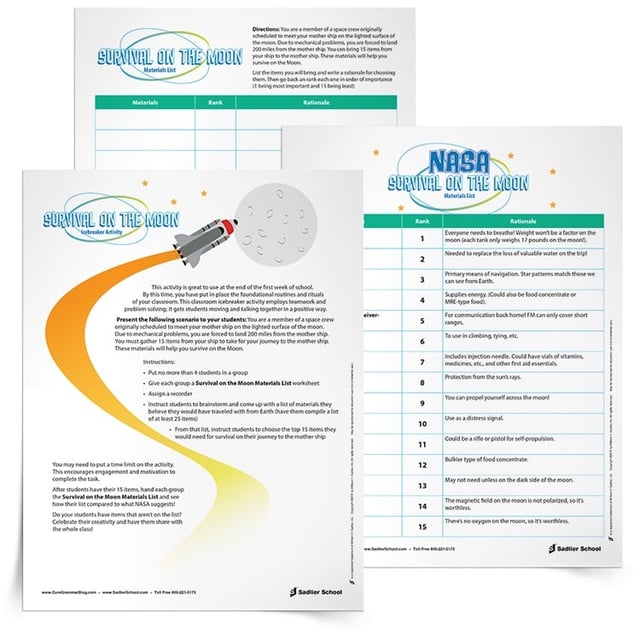1.800.221.5175
Reading & Writing
From Phonics to Reading
Grades K-3
Vocabulary
Vocabulary Workshop, Tools for Comprehension
Grades 1–5



 Yep, you’re never too old to play with Playdough. You will need paper plates (to keep your desks clean) and little cans of Playdough (I have purchased a package of 15 for around $3). Or you can make your own using this
Yep, you’re never too old to play with Playdough. You will need paper plates (to keep your desks clean) and little cans of Playdough (I have purchased a package of 15 for around $3). Or you can make your own using this 
